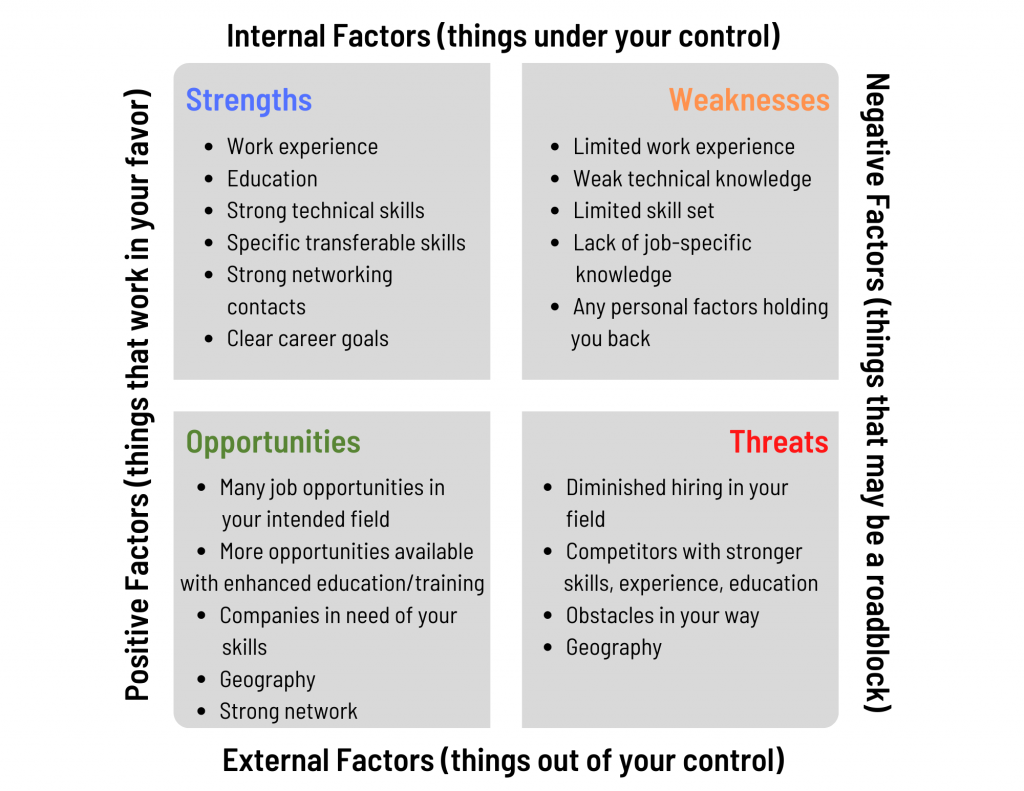Take Strategic Steps Toward Re-Entering the Workforce
By Lauren Beam (’07), M.S., NCC, Associate Director of Mentoring and Alumni Personal & Career Development at Wake Forest University
We all know that job seeking can be stressful and overwhelming, particularly if it’s something that you haven’t done in a long time. For individuals who have been out of the workforce – perhaps to be a full-time stay-at-home parent, to care for a sick or aging family member, due to being laid off, or simply because they needed a break – knowing where to start your search to re-enter the world of work can be daunting.
Will employers question the gap of employment on my resume? If so, how do I craft my resume to explain the gap and/or showcase other experiences I’ve had during my break from the workforce?
Are my skills up-to-date and relevant for the jobs for which I’m applying?
What jobs am I even qualified for at this point in my career?
A great exercise to help you strategically launch your job search is to do a SWOT Analysis. Use the graphic below to begin brainstorming about your strengths, weaknesses, opportunities, and threats. This will give you a practical snapshot of the aspects of your job search that are under your control and those that are out of your control. On a sheet of paper, create a SWOT chart and begin filling it in and be as specific as possible. Once you’ve finished this, answer the reflection questions below and begin putting a plan in place to be as strategic and intentional as possible as you re-enter the world of work.
Now that you have a better idea of your situation, consider the following and write down your responses:
Strengths:
- How and where can you leverage your strengths in the job search? (example: highlight skills on resume, LinkedIn profile)
- Who can you contact in your network to begin talking about your next career steps?
- What have you experienced or accomplished during your break from the working world that would be seen as a benefit to an employer?
Weaknesses:
- How can you gain new skills and knowledge needed for the job that you want? (example: take an online course or training, research, volunteer)
- What steps do you need to take to be a more attractive job candidate?
Opportunities:
- What are 1-2 steps you can take now to take advantage of your job opportunities? This could include researching companies who are hiring in your job field, doing informational interviews with people in your network, or applying for job openings.
Threats:
- Given your limited control, are there any changes that you need to make, personally, to limit these obstacles?
- Are there people in your life from whom you need to ask for support and help to move forward in your job search?
- Do you need to adjust your expectations around job searching and/or the type of role you expect to land?
Use your answers to the questions above and the information that you learned about yourself and your situation in the SWOT Analysis to begin taking steps toward finding your next job. Here are a few additional resources available to support Wake Forest alumni who are job seeking and/or re-entering the workforce:
